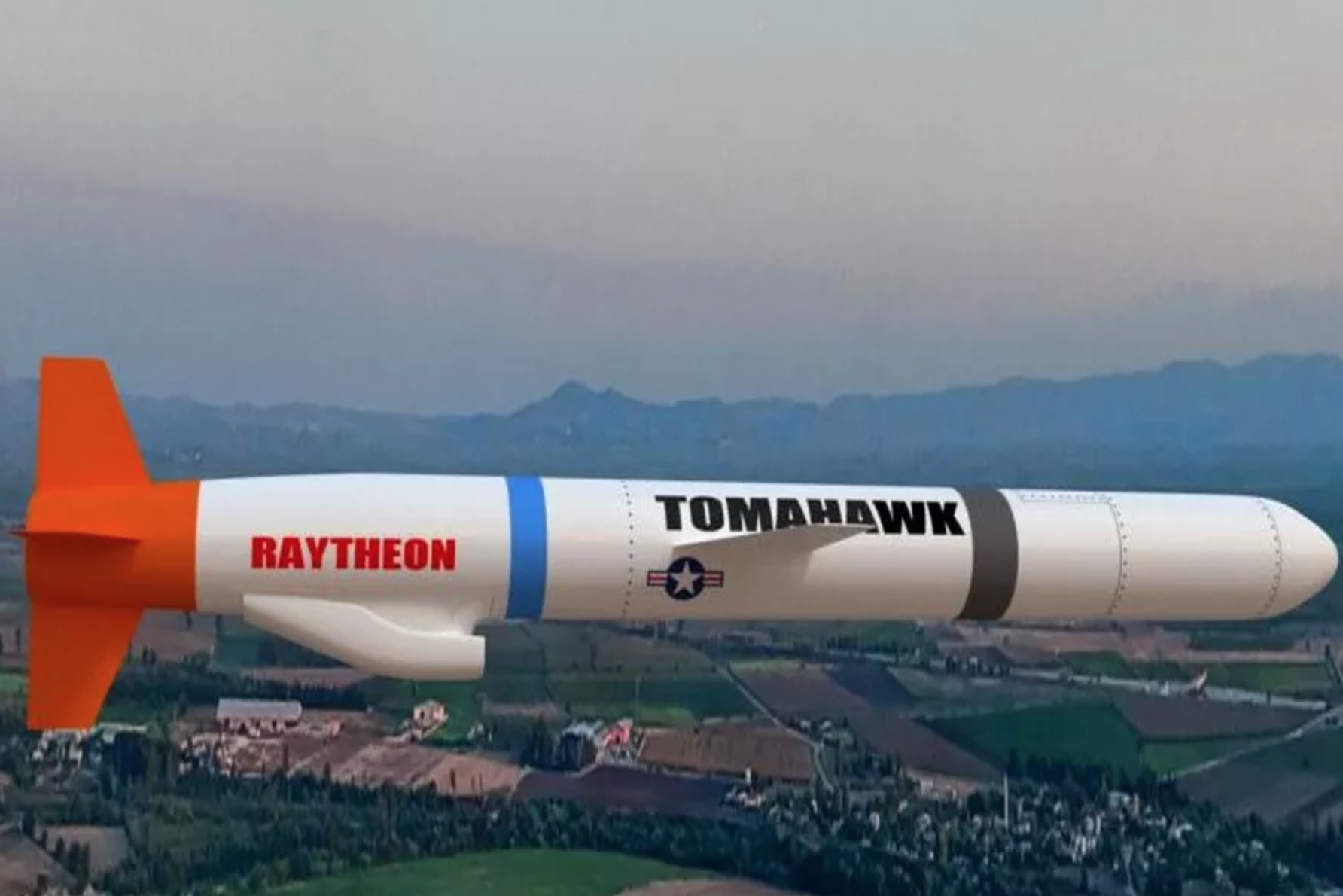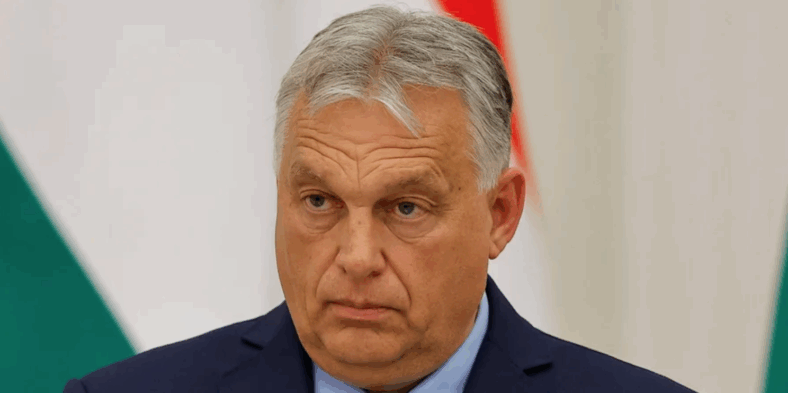The United States will begin deploying long-range weapons in Germany in 2026, demonstrating its commitment to NATO and European defense, according to a joint statement by the two nations reported by News.ro citing Reuters.
Planning and Deployment
According to the statement, the US is preparing a “temporary deployment” for the long-term positioning of such capabilities, which will include SM-6 missiles, Tomahawk cruise missiles, and the development of hypersonic weapons with a greater range than current European capabilities.
“The United States will begin episodic deployment of long-range fire capabilities of its multi-domain task force in Germany in 2026 as part of planning for long-term positioning of these capabilities in the future. Once fully developed, these conventional long-range fire units will include SM-6, Tomahawk, and evolving hypersonic weapons, which have significantly greater range than current ground-based weapons in Europe. The application of these advanced capabilities will demonstrate the United States’ commitment to NATO and their contribution to integrated European deterrence,” said the statement released by the White House following discussions held ahead of the NATO summit by the governments of the United States and Germany.
A New Era in European Defense
Experts note that, in addition to the modernization of US nuclear bombs in Europe in recent years, these weapons will be the most powerful US weapons deployed on the continent since the 1980s.
Until 2019, ground-based missiles with a range of over 500 kilometers were banned by the Intermediate-Range Nuclear Forces (INF) Treaty, signed in 1987 by Mikhail Gorbachev and Ronald Reagan.
Collapse of the INF Treaty
This was the first agreement between the two Cold War superpowers to reduce their nuclear arsenals and eliminate an entire category of weapons. Germany, Hungary, Poland, and the Czech Republic joined the signatories, destroying their missiles in the 1990s, followed by Slovakia and Bulgaria.
However, in 2019, the United States withdrew from the INF Treaty, accusing Moscow of violating the agreement by developing the 9M729 ground-launched cruise missile, known in NATO as the SSC-8. The Kremlin repeatedly denied these accusations and imposed a moratorium on the development of missiles previously banned by the INF Treaty – ground-based ballistic and cruise missiles with a range of 500 km to 5500 km.
Russian Response
At the end of June, Vladimir Putin stated that Moscow must resume production of intermediate- and shorter-range missiles with nuclear warheads after the United States deployed similar missiles in Europe and Asia. Putin said that Russia promised not to deploy such missiles, but the United States resumed their production, brought them to Denmark for exercises, and also took them to the Philippines.
These actions highlight the importance of strengthening NATO’s defense capabilities and demonstrate that the US takes its role in ensuring European security seriously.

















